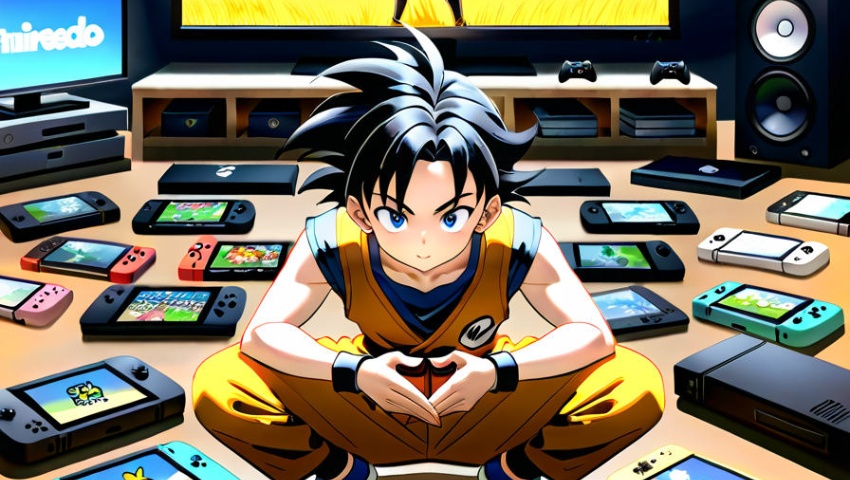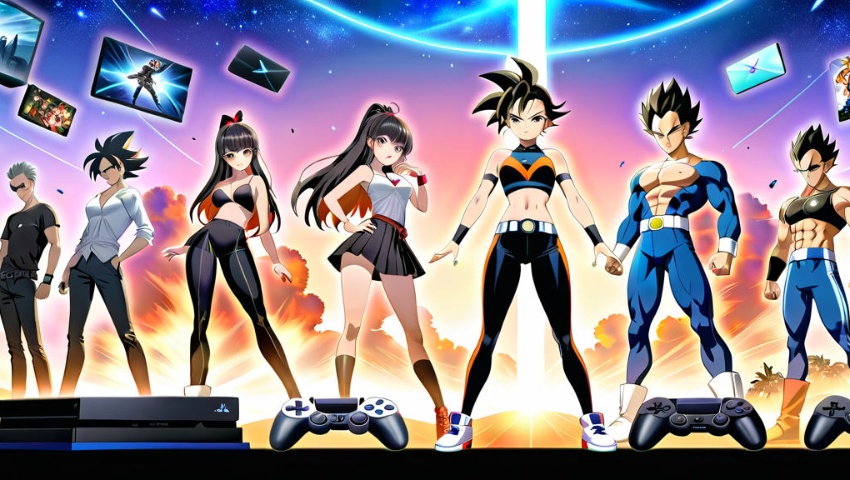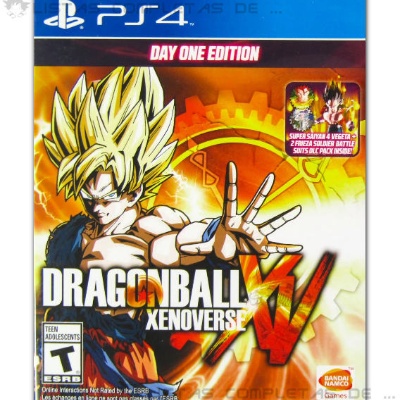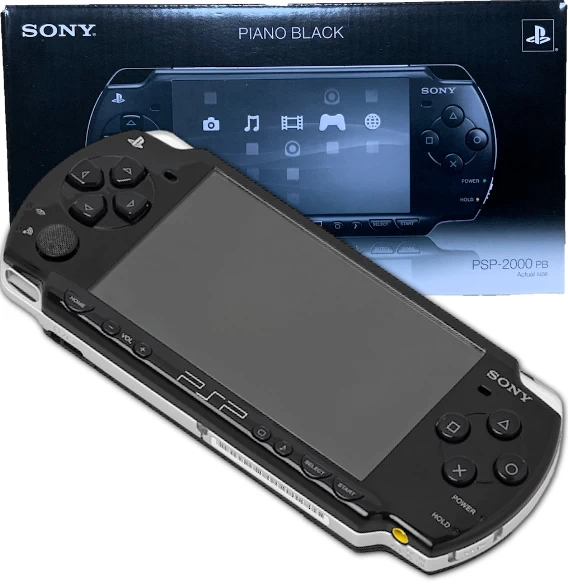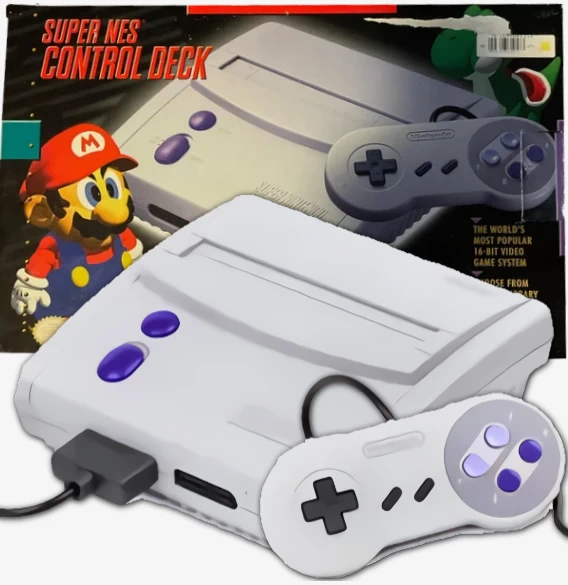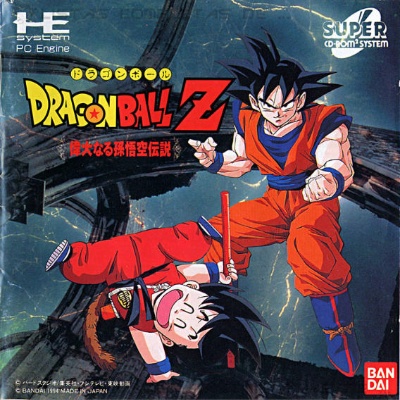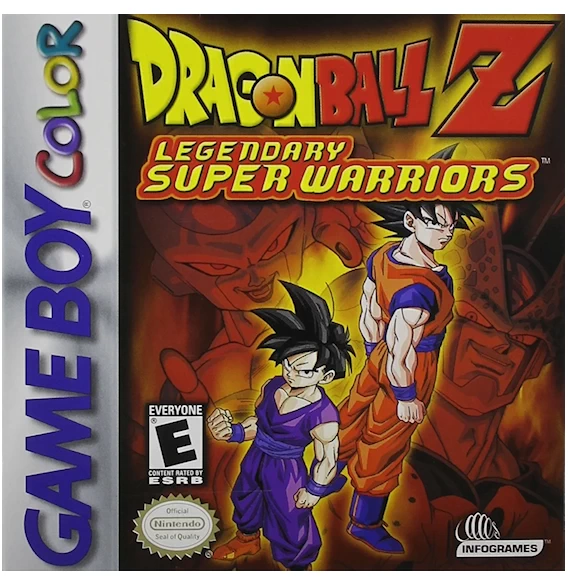Complete lists of Dragon Ball games and video games
Dragon Ball Video Games and Board Games, Listed and Categorized by genre, platform, and more.
Whether it's a board game, PC game, PlayStation, Game Boy, or even retro consoles, we've compiled a complete list of all the games available for each platform.
Within the world of video game collecting, Dragon Ball holds a very special place for many fans and collectors. Finding titles for recent platforms like Xbox, PC, or PlayStation is relatively easy, but the true treasures lie in discontinued consoles.
Here we’ve gathered lists of games released on those classic platforms, along with information and curiosities that make them unique within the history of the franchise.
Nintendo games and consoles
Nintendo has always featured Dragon Ball games, both on home consoles and handhelds. On home consoles (NES, SNES, GameCube, Wii, etc.), fighting and 3D adventure games predominated, while on handhelds (Game Boy, DS, 3DS) the focus was more on RPGs and tactical battles. The Switch combines both worlds: it can be played on TV or as a handheld, and hosts the latest titles like FighterZ, Xenoverse 2, or Kakarot. In short, the saga has always had a place on Nintendo, adapting according to the console and type of game.
Sony games and consoles
Sony has also had Dragon Ball games on almost all its consoles. On home consoles (PS1, PS2, PS3, PS4, PS5), fighting and 3D adventure games predominated, such as Budokai, Tenkaichi, or FighterZ. On handhelds (PSP, PS Vita), the focus was on more adapted versions of fighting and RPG games. Basically, the Dragon Ball saga has always been present on Sony, adapting according to the console and type of game.
Microsoft games and consoles
Microsoft has also had Dragon Ball games, although only on its home consoles. The original Xbox had few titles, mostly adaptations of classic fighting games. The Xbox 360 expanded the catalog with games like Budokai HD Collection and Raging Blast, while on the Xbox One and Series X/S, the latest titles arrived, such as FighterZ, Xenoverse 2, and Kakarot, all featuring modern graphics and online modes. In summary, the saga has always been present, but limited to Microsoft’s home consoles.
Sega games and consoles
SEGA also had a presence of Dragon Ball, although only on some of its consoles. On the Mega Drive / Genesis, classic 2D fighting games appeared, with simple battles that captured the essence of the series for the time. The Saturn had fewer titles but included more advanced fighting adaptations and some adventure games based on the saga. In summary, Dragon Ball was present on SEGA mainly with 2D fights and enhanced versions on the Saturn, but it was never as extensive as on Nintendo, Sony, or Microsoft.
Other consoles and their games
Other lesser-known consoles also had Dragon Ball games. The Super Cassette Vision received one of the first titles based on the series, very simple and limited by the technology of the time. The Playdia, from Bandai, featured several interactive games with videos and animated sequences, more like interactive movies than traditional games. Lastly, the TurboDuo (a version of the PC Engine CD) had a fighting title with improved graphics and sound thanks to the CD format. In summary, these were consoles with little reach, but they marked the first Dragon Ball experiments in the world of video games.
PC games
Since Dragon Ball Online, the PC began to have a real presence in the saga. Later came Xenoverse, FighterZ, and Kakarot, featuring better graphics, online modes, and more content. Today, the PC is the most complete way to play Dragon Ball if you’re looking for quality and performance.
Mobile games
Dragon Ball games for mobile started simple, but with Dokkan Battle and Legends they became complete, featuring battles, online events, and constant updates. They are an easy and active way to enjoy the saga.
Some of the Dragon Ball Games and Video Games we have for you:
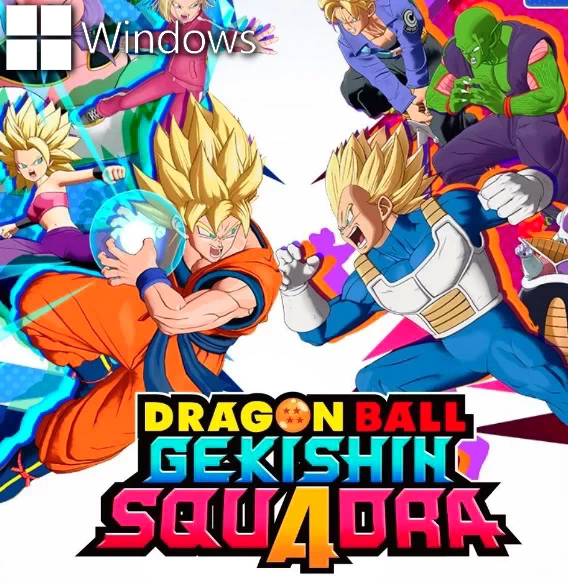
Dragon Ball: Gekishin Squadra
Dragon Ball: Gekishin Squadra
Dragon Ball: Gekishin Squadra is the first game in the MOBA genre (like League of Legends), where we engage in 4 vs 4 battles, either against the AI or another team. For now, it features three game modes. Additionally, this game is also playable on PS4, PS5, Nintendo Switch, and Smartphone's (Android/iOs).
Dragon Ball Xenoverse (Day One Edition)
Dragon Ball Xenoverse (Day One Edition)
Dragon Ball Xenoverse is a special edition that includes additional game content, specifically a DLC to unlock Super Saiyan 4 Vegeta and two Frieza skins for your avatar.
Game Boy Micro
Game Boy Micro
The Game Boy Micro is the smallest and sleekest handheld in the series, featuring a bright, sharp screen. Perfect for gamers who want a retro gaming experience in an ultra-compact and portable design.
PSP-2000 (Play Station Portable)
PSP-2000 (Play Station Portable)
The PSP-2000 (PlayStation Portable), also known in some regions as "PSP Slim & Lite", is the second version of the PSP. It is slimmer than the previous one, features a video output, improvements to the screen and RAM, and some bug fixes.
Super Nintendo Jr. (SNES-101)
Super Nintendo Jr. (SNES-101)
The SNES-101 or Super Nintendo Jr. was released 6 years after the original SNES in USA, redesigning and compacting the console, making it cheaper and more accessible, since the N64 was already on the market.
This console has a Japanese sister version named Super Famicom Jr., sharing the same cartridge compatibility issues, but this time sharing the design.
This model only features composite AV output.

Dragon Ball FighterZ - Legendary Edition
Dragon Ball FighterZ - Legendary Edition
Dragon Ball FighterZ – Legendary Edition was released about six years after the base game, and it is a much more complete edition than all previous ones. This edition includes the base game, FighterZ Passes 1, 2, and 3, Commentator Voice Packs 1–4, cosmetics, and an exclusive lobby avatar of SSJ Goku.
In total, it includes the game plus 19 character DLCs, which is quite a lot.
Dragon Ball Z: Taiketsu
Dragon Ball Z: Taiketsu
DBZ: Taiketsu is the first fighting game for the GBA based on Dragon Ball Z, featuring up to 15 selectable characters and the ability to battle another player via the GBA Link Cable.
Dragon Ball Z: Idainaru Son Goku Densetsu
Dragon Ball Z: Idainaru Son Goku Densetsu
Dragon Ball Z: Idainaru Son Goku Densetsu was released in Japan for the PC Engine/Turbo Duo on November 11, 1994. It is a fighting game, but not in the classic arcade style: you control Goku at different points in his life and make decisions such as attacking, defending, charging energy, or moving during battles, while the story progresses with animated scenes.
Bosses include Mercenary Tao, Tien Shinhan, King Piccolo, Piccolo, Vegeta, Frieza, and Cell, with supporting characters like Gohan, Goten, and Krillin. Interestingly, although it is a fighting game, the gameplay is more narrative than technical, and its Japanese CD‑ROM edition makes it quite rare and collectible.
Dragon Ball Z: The Legend
Dragon Ball Z: The Legend
Dragon Ball Z: The Legend is the second Dragon Ball game released for the console in 1996. This game was released for both PS1 and Sega Saturn.
It is a fighting game for 1 or 2 players (PvP), with 3D stages and characters made with 2D sprites, where you can choose several fighters in each battle and switch them at will.
The game features a total of 35 playable characters, including characters from all DBZ sagas. Some of them are: Cell, Cell Jr, Kid Boo, Frieza, Nappa, Piccolo, Kid Gohan, etc.
The game has the honor of being the first DB game in which its story mode narrates all events of Dragon Ball Z, from the arrival of Raditz to the death of Kid Boo.
The game has unique mechanics and particular gameplay; it is a game both loved and hated. Additionally, as a fun fact, this game never reached America.
Dragon Ball Z: Legendary Super Warrior's
Dragon Ball Z: Legendary Super Warrior's
DBZ: Legendary Super Warrior's is an RPG/Strategy card battle game that covers the entire DBZ storyline, from the Saiyan Saga to the Majin Boo Saga. The game is compatible with 2 players via the Cable Link.

